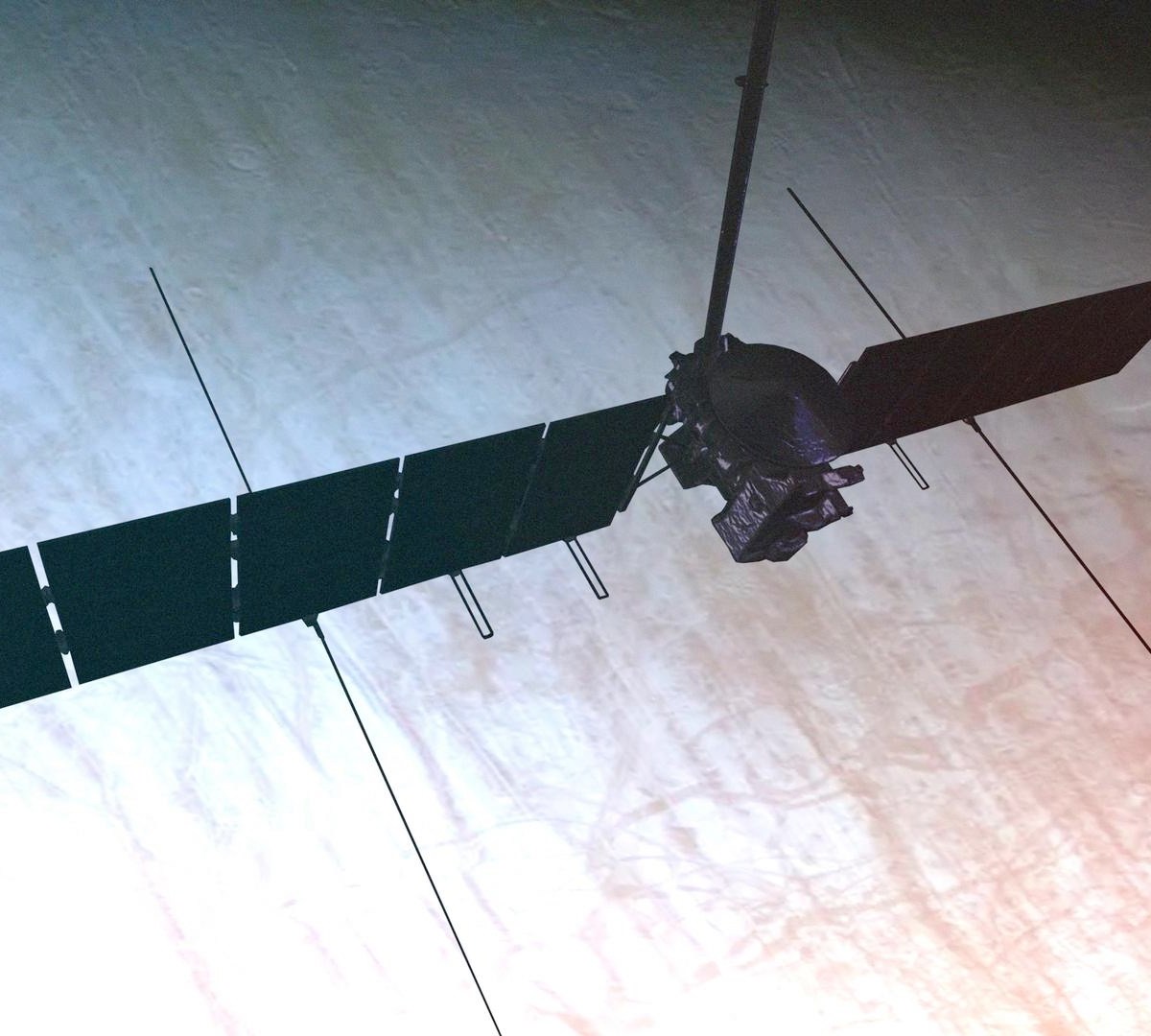NASA and SpaceX Set to Launch Ambitious Mission to Jupiter’s Moon Europa
NASA, in collaboration with SpaceX, is preparing to embark on a groundbreaking mission to Jupiter’s moon, Europa, with the aim of assessing whether this distant world could potentially support life. This mission, which involves the Europa Clipper spacecraft, represents a significant milestone in our exploration of the outer solar system.
Launch Preparations and Delays
The launch of the Europa Clipper spacecraft is scheduled for October 14th, at 12:06 p.m. Eastern Time, from the Kennedy Space Center in Florida. The spacecraft will be propelled into space by SpaceX’s Falcon Heavy rocket. Initially planned for October 10th, the launch was postponed due to Hurricane Milton’s passage across Florida. Fortunately, the storm did not cause any damage to the crucial Launch Complex 39A or other essential facilities at the space center.
Jordan Evans, the mission’s project manager at NASA’s Jet Propulsion Laboratory, expressed confidence in the spacecraft’s readiness. "The Europa Clipper spacecraft is ready for its ride into space," Evans stated. Rigorous final checks have confirmed that the spacecraft is fully operational and prepared for the mission.
Addressing Anomalies and Ensuring Safety
The mission team had to address a previous anomaly encountered during the deorbit burn of a Falcon 9 upper stage on a different NASA mission. This anomaly caused the upper stage to deviate from its planned trajectory. The Federal Aviation Administration (FAA) conducted a thorough investigation and eventually cleared the Falcon 9 for subsequent launches.
Julianna Scheiman, director of NASA science missions at SpaceX, explained that during the earlier Crew-9 flight, the upper stage’s engine unexpectedly continued to produce thrust for an additional 500 milliseconds after it was commanded to shut down. A backup command successfully closed the valves, resolving the issue. The teams from SpaceX and NASA meticulously reviewed the data and confirmed that the anomaly would not affect the Europa Clipper mission.
Tim Dunn, NASA’s senior launch director, added that NASA convened an independent review board to examine the data and ensure the Europa Clipper mission’s safety. "We assessed and cleared Europa Clipper of this anomaly," Dunn confirmed.
To further ensure mission success, SpaceX and NASA conducted additional checkouts and quality control reviews. This included examining tubing on the Falcon Heavy rocket to ensure it was free from any potential issues. These thorough reviews extended into October 12th, with SpaceX demonstrating full cooperation with NASA’s requests.
The Mission’s Trajectory and Goals
Once launched, the 5,700-kilogram Europa Clipper spacecraft will follow a complex trajectory that includes a flyby of Mars in March 2025 and Earth in December 2026, ultimately arriving at Jupiter in April 2030. Approximately one hour after liftoff, the spacecraft will separate from the Falcon Heavy’s upper stage, and the first signals from the spacecraft are expected to be received shortly thereafter. A few hours later, the spacecraft will begin deploying its large solar arrays, although confirmation of their functionality will take additional time.
Upon reaching Jupiter, the Europa Clipper will conduct numerous close approaches to Europa, an icy moon believed to harbor a subsurface ocean. This ocean has the potential to support life, making Europa a prime target for scientific exploration. Jim Free, NASA’s Associate Administrator, emphasized the mission’s significance, stating, "Europa is a fascinating destination. Clipper is the first NASA spacecraft dedicated to studying an ocean world beyond Earth."
Scientific and Financial Considerations
The Europa Clipper mission has garnered immense interest among planetary scientists due to its potential to determine Europa’s habitability. Despite its substantial cost, estimated at $5.2 billion, the mission is considered a top priority for advancing our understanding of the solar system.
To achieve the mission’s objectives, the spacecraft and launch vehicle are pushed to their limits. Notably, none of the Falcon Heavy’s three booster cores will be recovered, allowing the vehicle to maximize its performance and send the Europa Clipper on its journey to Jupiter. Julianna Scheiman expressed the mission’s significance, saying, "I can’t think of a better mission to sacrifice boosters for. We might have the opportunity to discover life in our own solar system."
The Path Forward
The Europa Clipper mission represents a remarkable collaboration between NASA and SpaceX, highlighting the potential for private-public partnerships in advancing space exploration. As we look forward to the launch and subsequent scientific discoveries, this mission serves as a testament to human curiosity and the relentless pursuit of knowledge about our universe.
For further information on this mission, you can refer to SpaceNews.
This ambitious mission to Europa not only aims to unlock the mysteries of a distant moon but also pushes the boundaries of technology and exploration, inspiring future generations to reach for the stars. As the Europa Clipper prepares for its journey, we are reminded of the limitless possibilities that await us in the cosmos.
For more Information, Refer to this article.


































